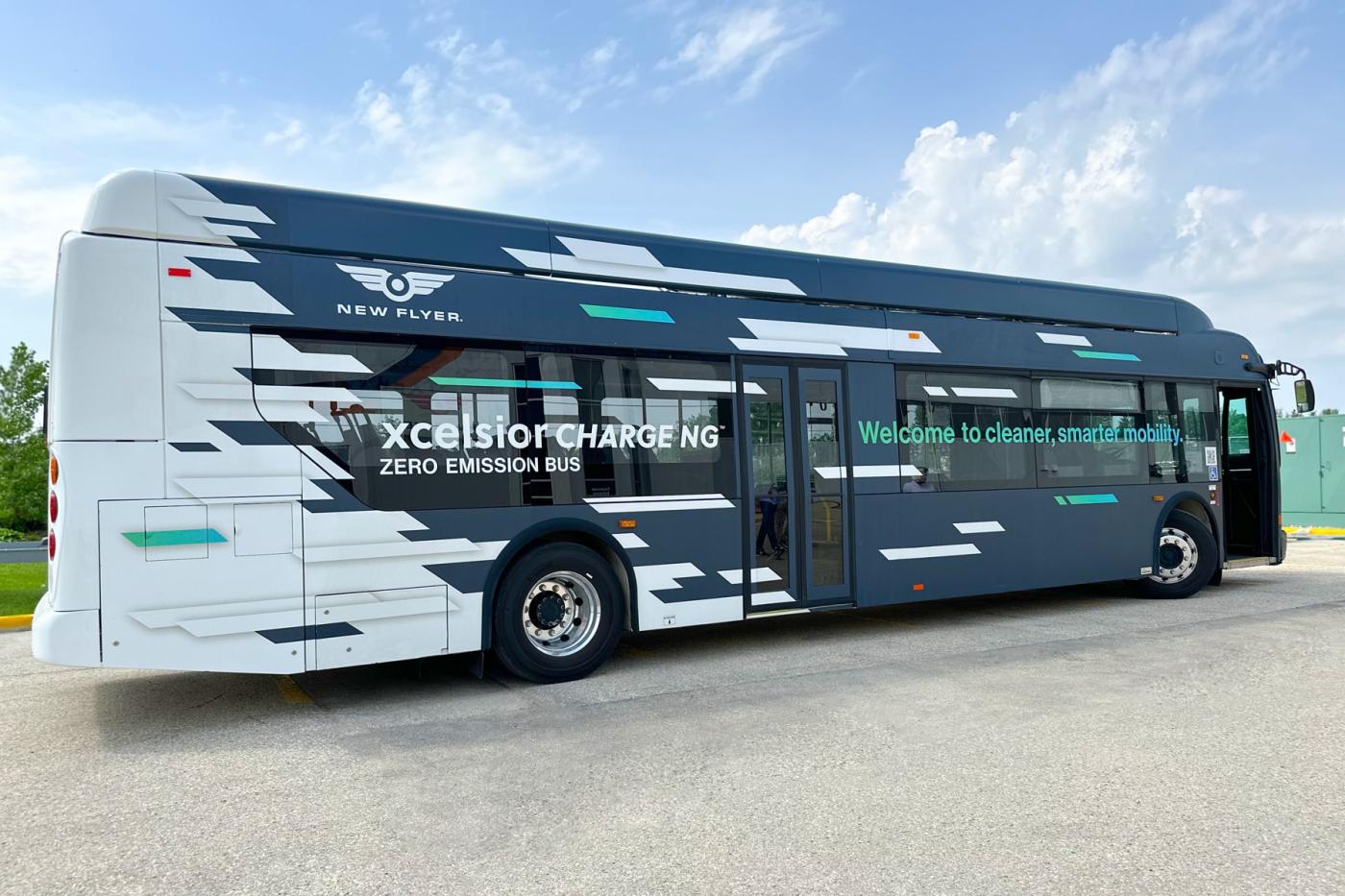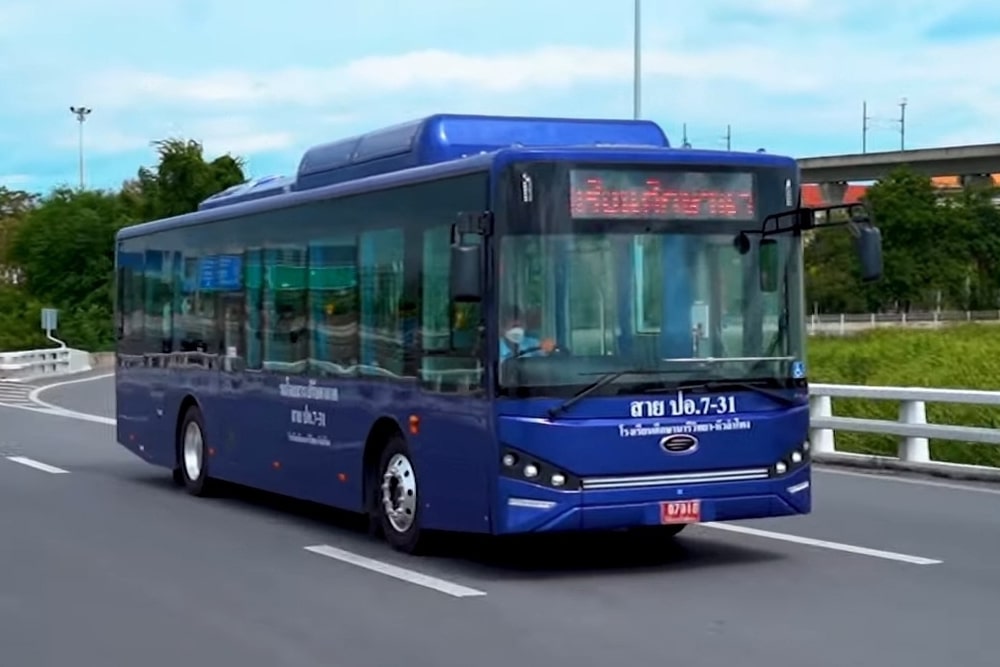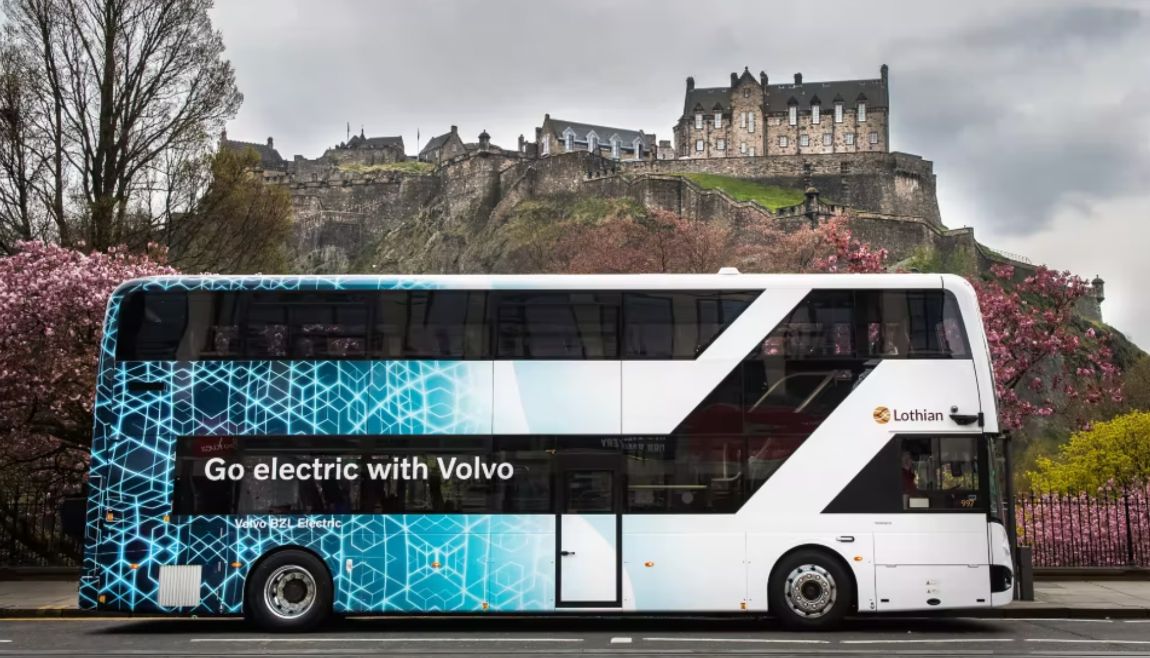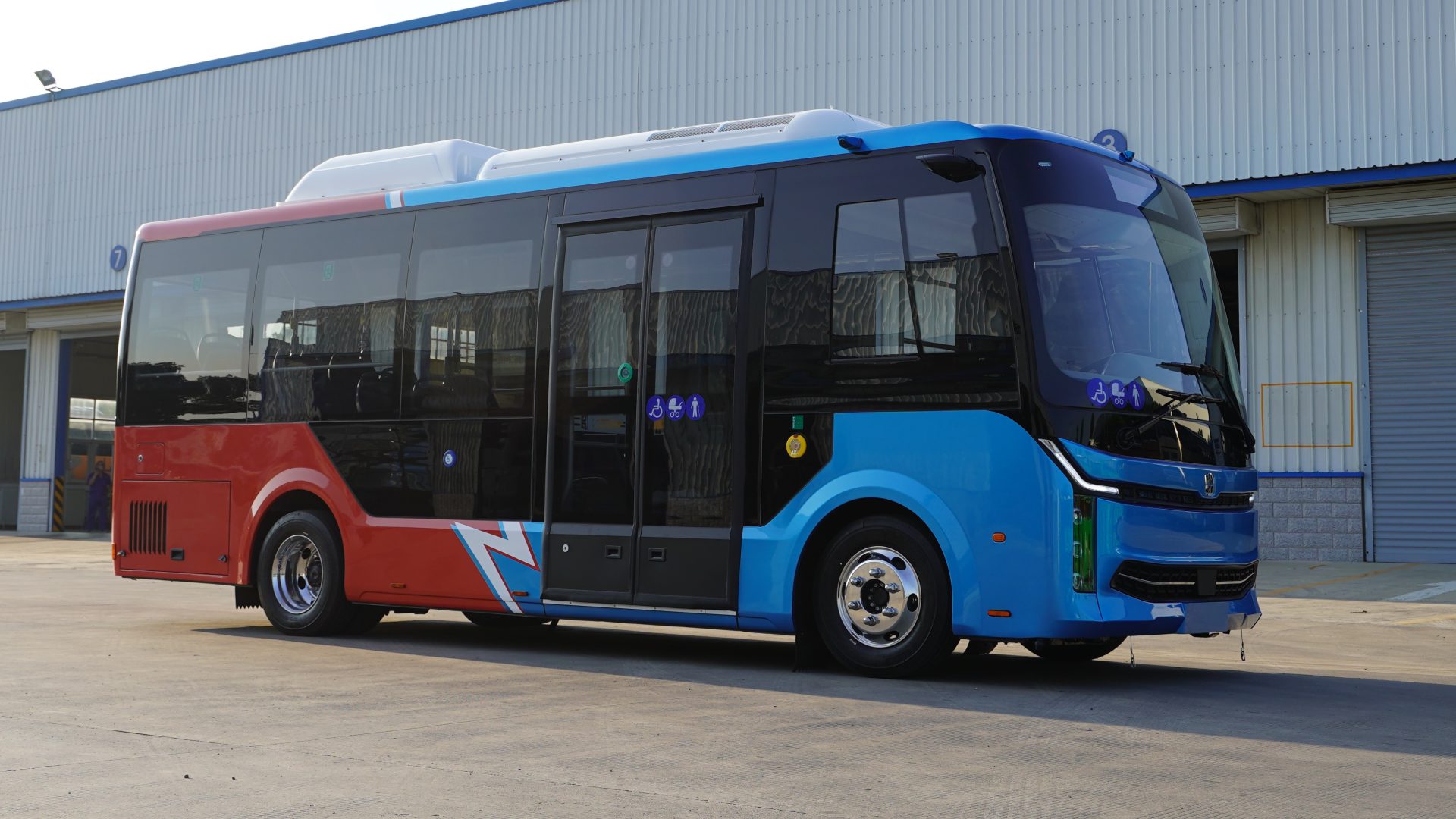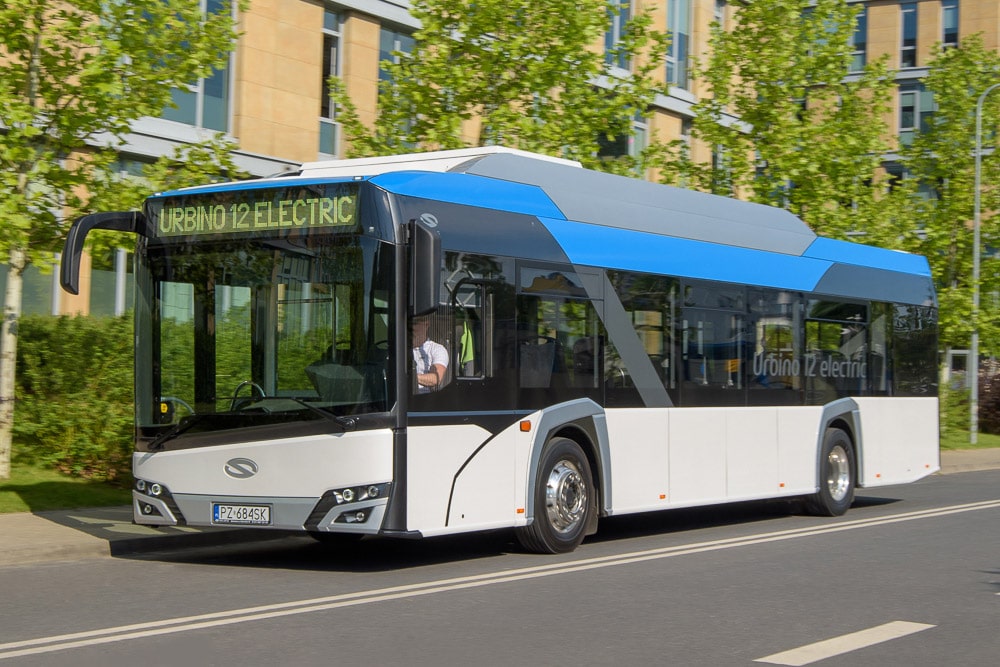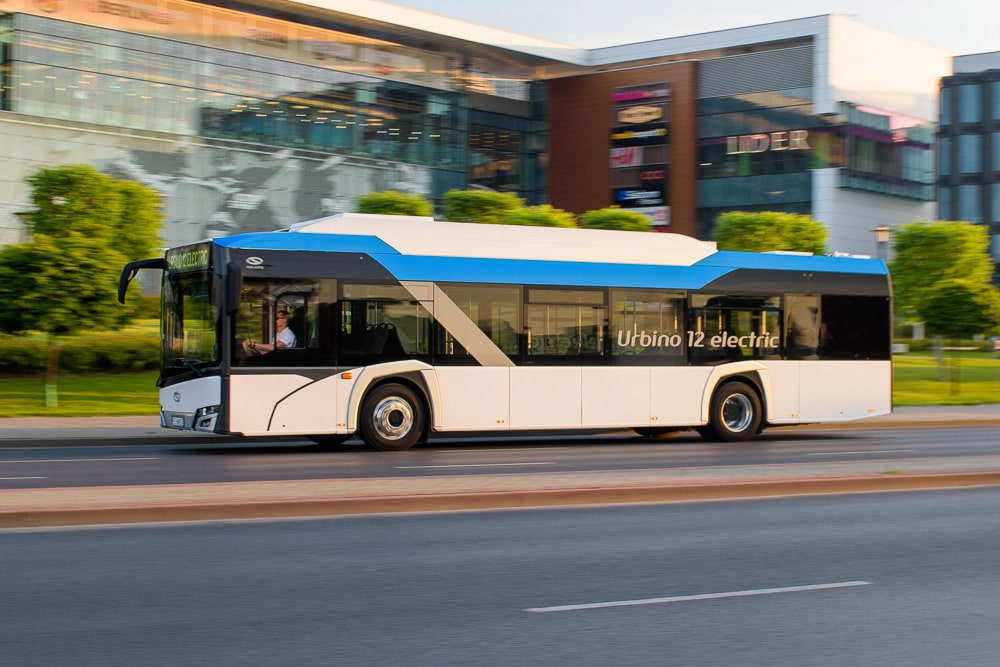In a significant move towards bolstering Central Texas’ public transportation and reducing carbon emissions, the Capital Metro Transportation Authority (CapMetro) has confirmed an order for 26 Xcelsior CHARGE NG 40-foot electric buses from bus manufacturer New Flyer. This purchase comes as part of an existing five-year contract between the two entities.
The latest addition to CapMetro’s fleet will be deployed on four new transit lines within Austin, forming an integral part of CapMetro’s Rapid project. The project’s primary objective is to enhance public transportation across Central Texas while significantly decreasing CO2 emissions.
New Flyer, a subsidiary of the NFI Group, has designed the Xcelsior CHARGE NG battery-electric buses to be environmentally friendly and efficient. These buses offer a remarkable 525 kWh of power, providing an impressive 250-mile range on a single charge. With spacious seating for 40 passengers and accommodations for two wheelchairs, these buses are poised to improve the commuting experience for all residents.
The original contract between CapMetro and New Flyer was signed back in 2021, involving an initial order of 30 battery-electric buses. The agreement included an option to purchase an additional 126 40-foot buses and up to 15 60-foot battery-electric buses. While CapMetro has not exercised the full extent of this option thus far, the recent order of 26 electric buses falls within the parameters of the original agreement.
While specific financial details of the recent order have not been disclosed, New Flyer has emphasized the enduring partnership between the two organizations. Chris Stoddart, President of North American Bus and Coach at NFI, commented on this longstanding collaboration, stating, “Our partnership with CapMetro spans over 25 years, and, during this time, New Flyer has delivered more than 300 buses. The Xcelsior CHARGE NG is our latest EV – capable of avoiding up to 135 tons of greenhouse gas per year from tailpipe emissions – and will deliver innovative and sustainable mobility in the greater Austin region.”

